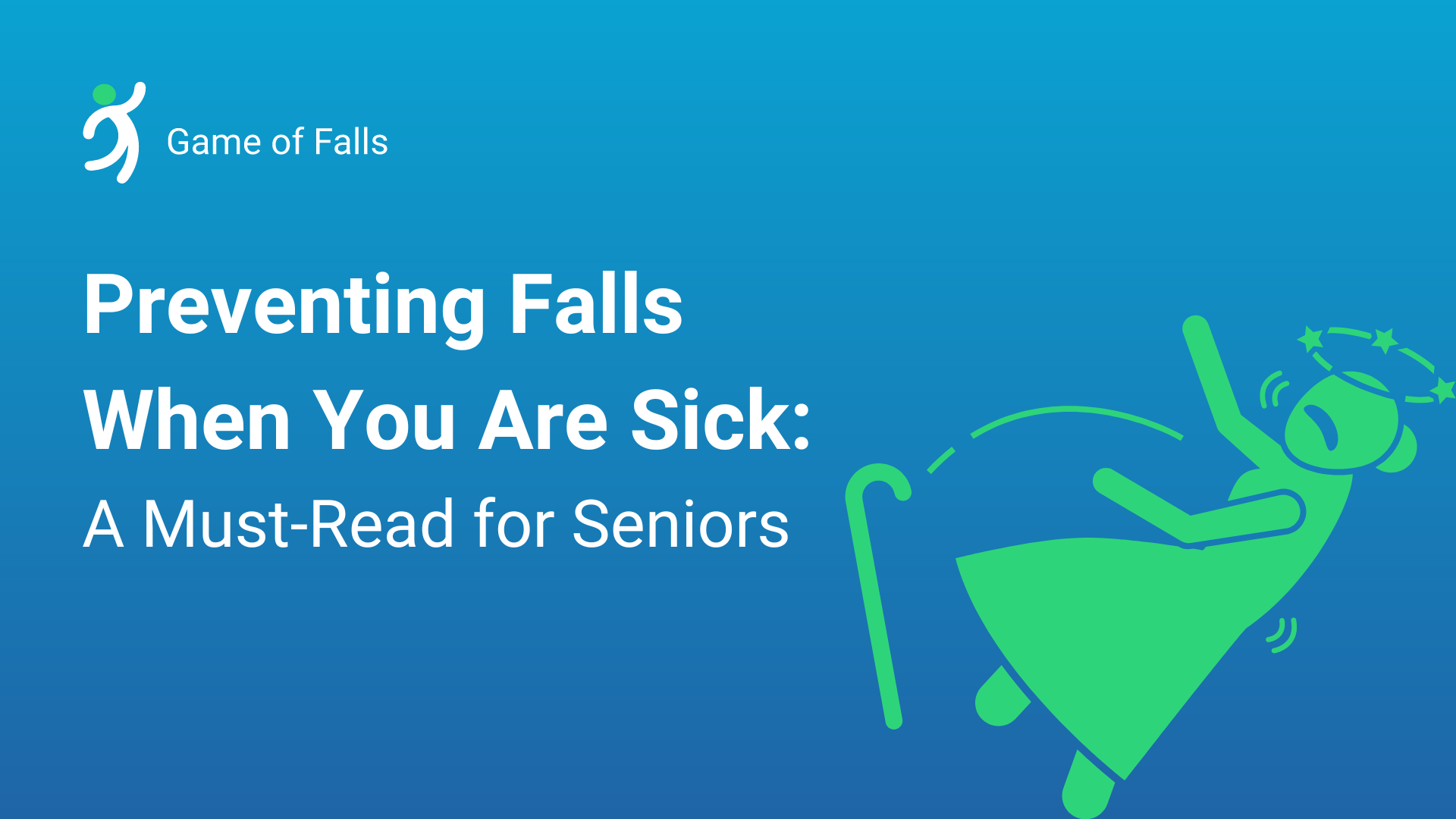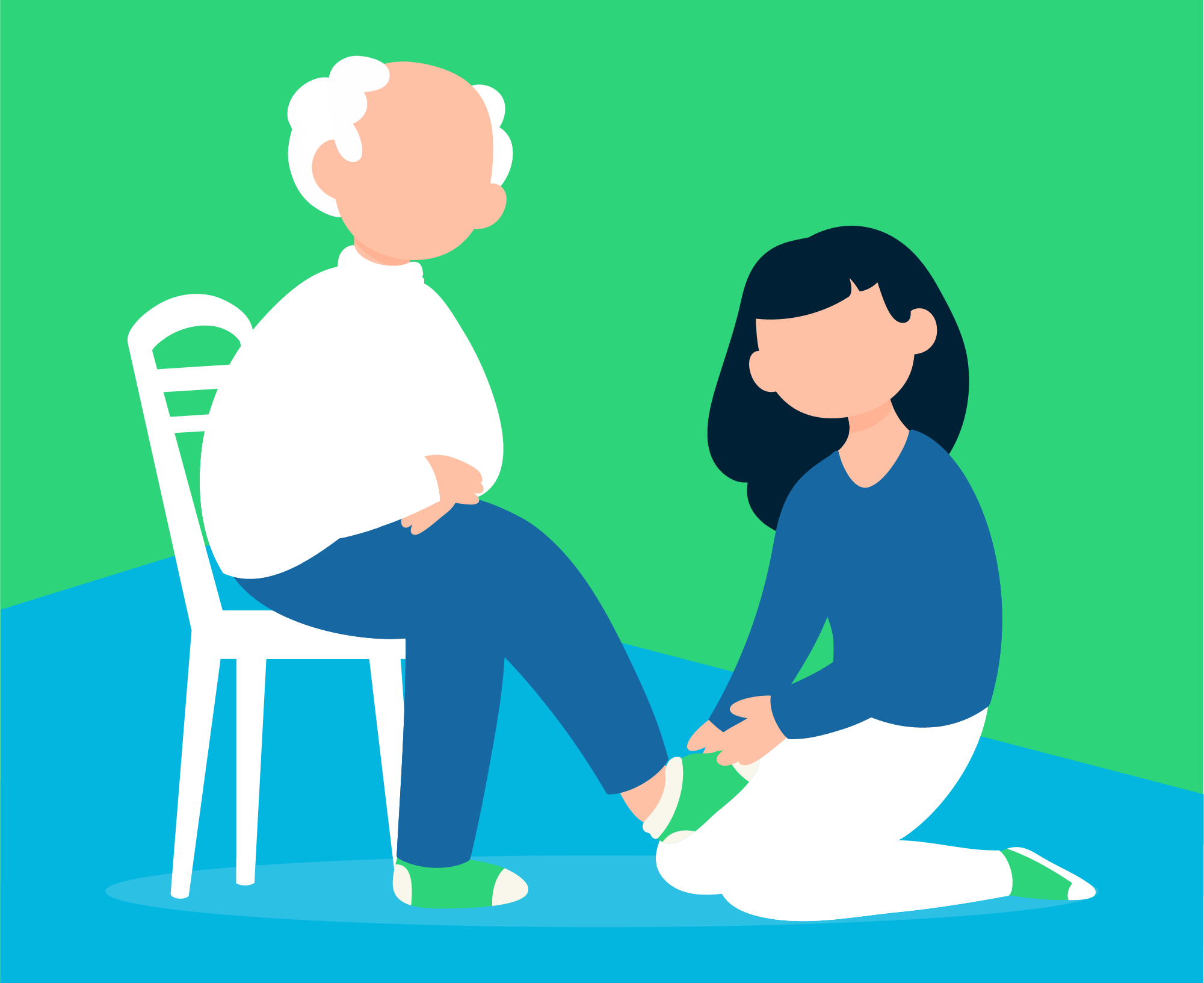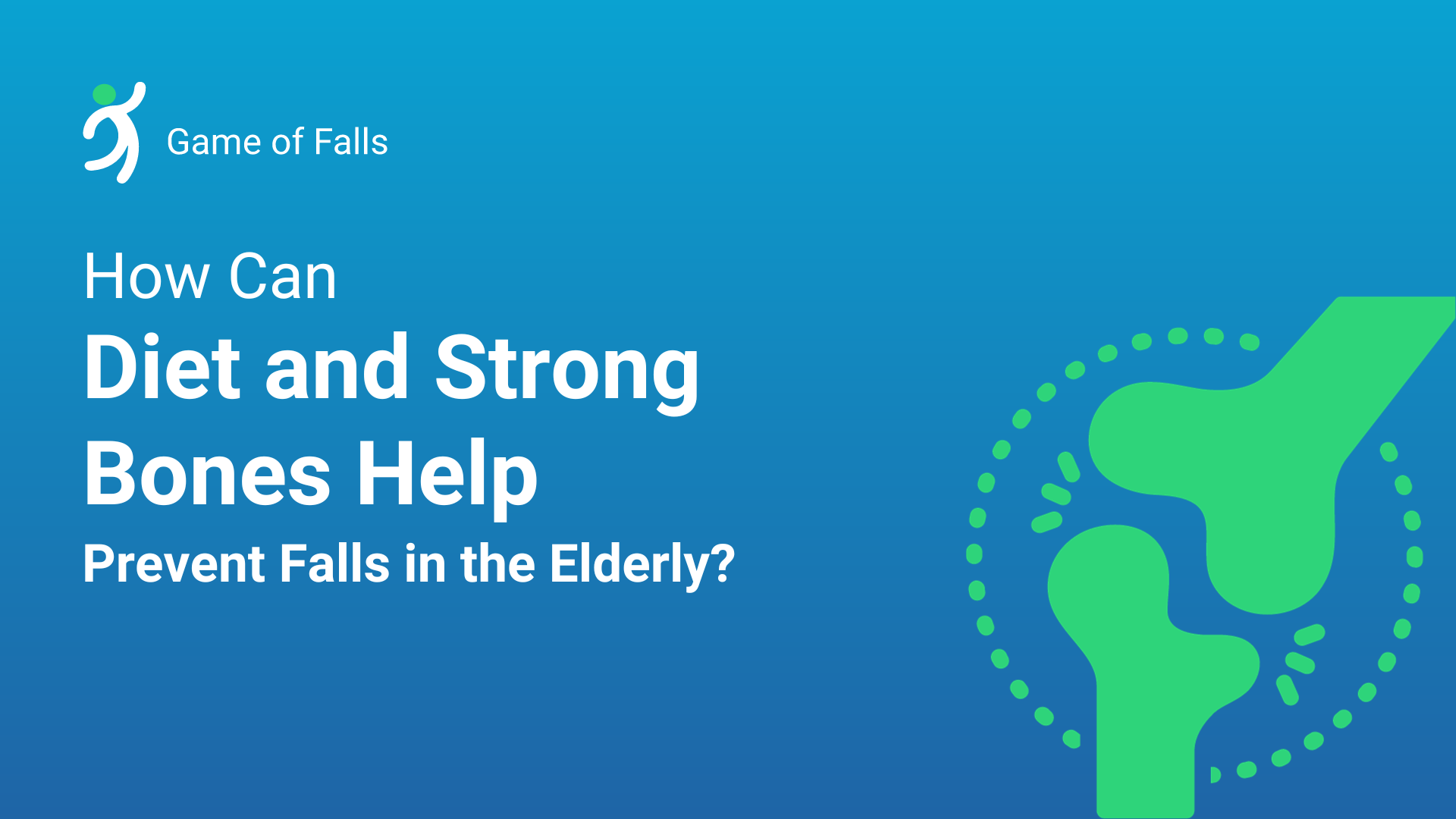
As flu season turns up the dial, one question often comes to mind: Why does the flu hit older adults so hard? It’s a perfect storm where senior flu prevention becomes key since their natural aging nudges immune systems into a less active state, amplifying the impact of flu symptoms. For caregivers, ensuring flu season safety is non-negotiable—because the risks during this time are not limited to sniffles; there’s an increased risk of serious falls for those already combating illness.
In our golden years, maintaining senior health during flu season becomes a vital aspect of daily life, especially for preventing falls. With navigational skills potentially compromised, especially during bouts of illness, staying on our feet isn’t just smart; it’s essential. That’s precisely why we must bridge the gap between illness and the ability to stay upright. Embracing strategies for staying steady during flu season is where our focus should lie.
Why the Flu Targets Seniors and How to Fight Back

Why does the flu often seem to target our seniors? Here’s the lowdown: The influenza virus is a master at exploiting vulnerabilities, particularly thriving among those in their later years—our seniors. When seniors interact with common items—be it door handles or remote controls—they are at a higher risk of contracting the flu. And once the flu virus gets a foothold, it’s a race against time to multiply within bodies whose immune systems might be contending with the extra burden of aging.
It’s clear that with age, our immune systems may not be as robust in the fight against germs. Growing older brings with it concerns about preventing falls and flu risks for elderly individuals, but we’re armed with knowledge on combatting this unwelcome guest effectively. The Inside Scoop: When the Immune System Gets Sidelined Elderly individuals might find the flu to be more than just a few uncomfortable days; it’s an extensive immune system tussle that can escalate to serious conditions like pneumonia. Often, it’s the robust immune response, not just the flu virus, that contributes to severe health episodes.
No-Nonsense Guide to Flu Prevention for Seniors

As the colder months approach, so does the time of year we often dread: flu season for seniors. And staying healthy becomes priority number one—especially for our wisest population. Ready to dodge the flu’s grip? It starts with solid, no-nonsense senior flu prevention habits:
- Hydration is Crucial: Keeping fluids flowing is paramount. Water, juice, or a heartening bowl of your favorite soup—your best defense against the flu’s dehydrating effects.
- Humidify Your Home: When the indoor air feels stale and arid, running a clean humidifier can offer relief from respiratory discomfort. It’s not just about comfort; it’s about health.
- Hygiene Always Wins: After contact with potentially contaminated surfaces, a rigorous 20-second hand-washing routine is a fortress against the flu.
- Avoid social contact: Dodge close encounters with anyone flaunting flu-like signs. Consider wearing a mask when mingling in crowds.
- Stock up on Vitamins: Bolster your defenses with a daily regime of vitamin supplements for seniors—B12, C, D, and E—and minerals such as calcium and selenium.
- Vaccinate, Don’t Hesitate: Enlist in the frontline defense by getting your flu vaccination for the elderly—often covered by your insurance.
- Sleep and Rest: Adequate sleep and nutrition significantly reduce your chances of falling ill. Seven-hour slumbers accompanied by a balanced diet full of greens and proteins keep you in top shape.
- Know When to Contact the Doctor: Never underestimate flu signals. Should you feel under the weather, promptly consulting a doctor can facilitate a swift return to wellness.
Yet there’s an invisible risk that often eludes our attention: the flu’s subtle impact on balance and gait. Hence, keeping the flu at bay also means taking measures for preventing falls when sick with the flu.
Here’s our straight-shooting advice on staying vertical:
- Stock the Fridge Smart: Maintaining balance during flu season for seniors starts in the kitchen. Stock up on calcium and vitamin D-rich foods to fortify bones.
- Move around more: Fighting the flu in old age involves staying active. Gentle exercises aid in muscle strengthening and bone health, reducing the likelihood of falls.
- Clear up spaces: Ensuring home safety by eliminating clutter can prevent accidents before they happen.
- Take support of tools: Make use of handrails and walking sticks—they’re not just accessories; they’re vital tools to support your mobility. Also, use Game of Falls, an interactive game that helps to reduce the risk of falls.
- Mind the Meds: Be aware of how medications affect your steadiness. Stay vigilant about side effects and adjust your movements accordingly.
To sum it up, evading the flu and staying on your feet means smart eating, wise exercising, and maintaining a tidy living space. Prevention beats cure, every single time. Stay nourished, stay nimble, and most importantly, stay upright during flu season.
Confidence is a crucial ingredient in living a fulfilling and independent life, especially for seniors. So, what happens when an event like a fall shakes the very foundation of a person’s confidence, particularly in the elderly? After a fall, it’s natural for seniors to feel vulnerable and apprehensive about engaging in their everyday activities. Fear […]
Have you considered that growing older might mean getting better, so long as you nurture the one body you’ve been given? Staying active is a dynamic part of aging, and a key aspect of that is utilizing preventive health screenings to catch problems early. The good news is that Medicare and most health plans cover […]
Did you know that the medicines meant to ensure your health could also increase your chances of a fall? It’s a startling thought, but true for many older adults. As we age, we often become, rather ironically, a walking pharmacy. With every pill we swallow to keep our health conditions in check, there lies an […]
The adage ‘You are what you eat’ holds even more significance as we age. Age related bone loss is a continuous process and can result in osteoporosis. Around 10 million individuals over the age of 50 in the US are living with osteoporosis, and an additional 34 million are at risk of developing the disease. […]





